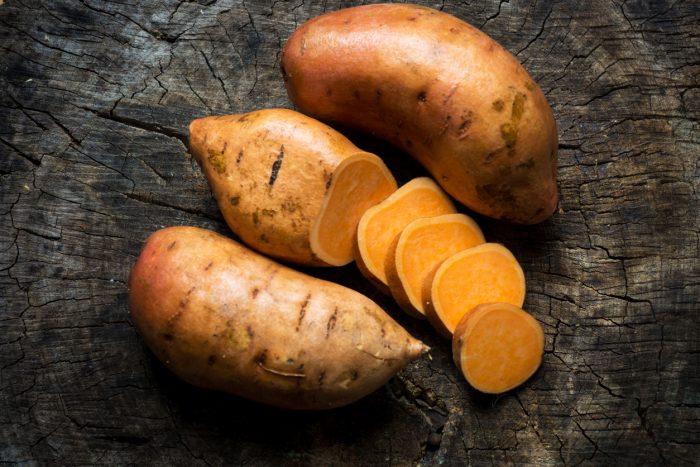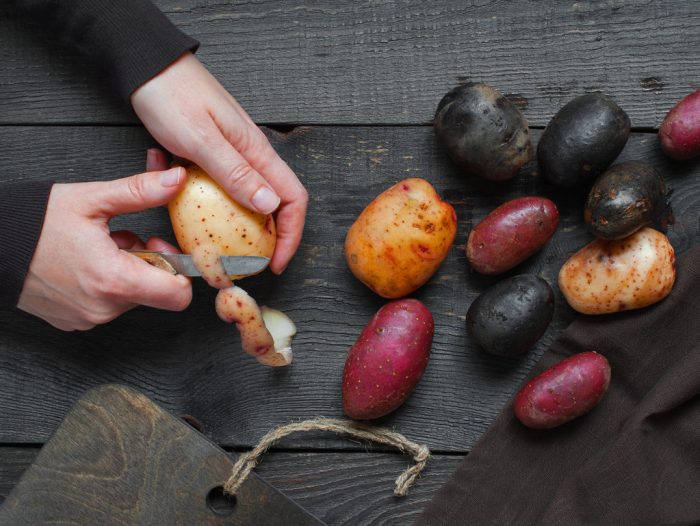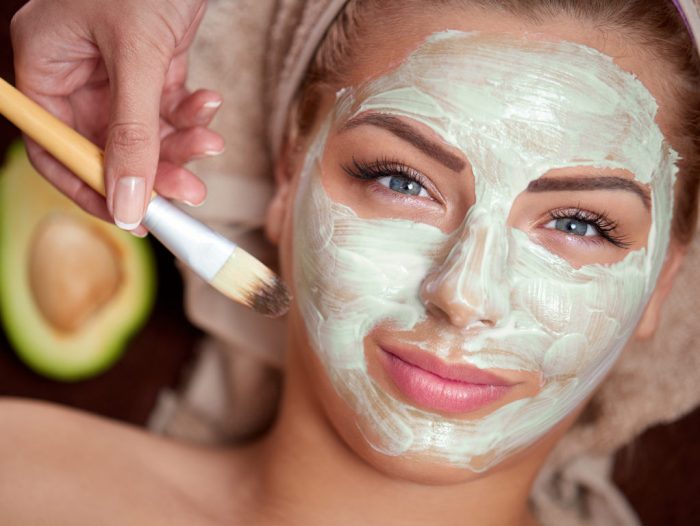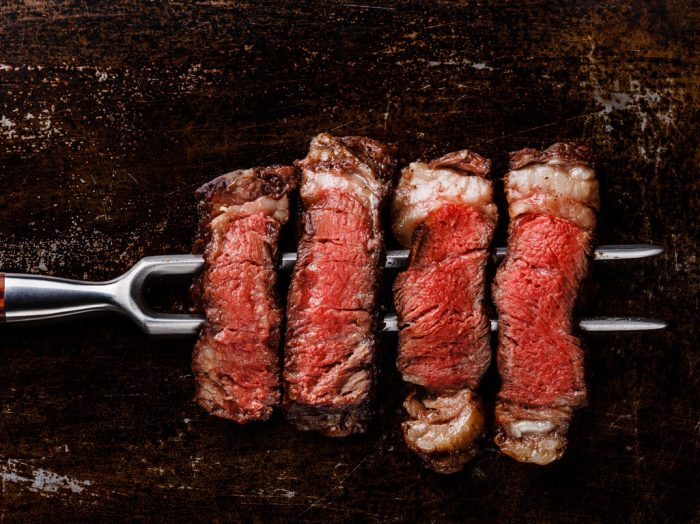French fries, wedges, mashed potatoes, salads, stews, soups. Any of these dishes have in common one of the most versatile vegetables in the world, the mighty potato! Find out which are the best potato types you can use in your meals.
Potatoes are the world’s fourth-largest food crop, following rice, wheat, and maize. Inca Indians in Peru were the first to cultivate potatoes around the year 8,000 B.C. to 5,000 B.C. In 1536, Spanish conquistadors conquered Peru, discovered the talents of the potato, and carried the root to Europe.
In October 1995, the potato became the first vegetable to be grown in space, according to Potatogoodness.com. NASA and the University of Wisconsin, Madison, created the technology with the goal of feeding astronauts on long space voyages, and eventually, feeding future space colonies.
One thing is for sure: potatoes are a staple of every cuisine. Potatoes are the most consumed vegetables in the United States. Their only disadvantage? You cannot eat them raw! So you have to cook them even when you add them to salads.
Potato types and how to recognize them
1. Russet Potatoes
Russet potatoes are medium to large, oblong shape, with a netted skin, light to medium russet-brown color. Their flesh is white to pale yellow. They are best for baking, frying, mashing, and roasting.
Make mashed potatoes with Russets and it will be light and fluffy. Be careful and don’t mash them too much, or you’ll end up with something resembling glue. Why? Because they have a high content of starch. And just because of that, they’re absorbent.
Fast food restaurants use Russet potatoes for their size, which produce long pieces suitable for French fries. But our healthier suggestion is to cut them into wedges and bake them in the oven!
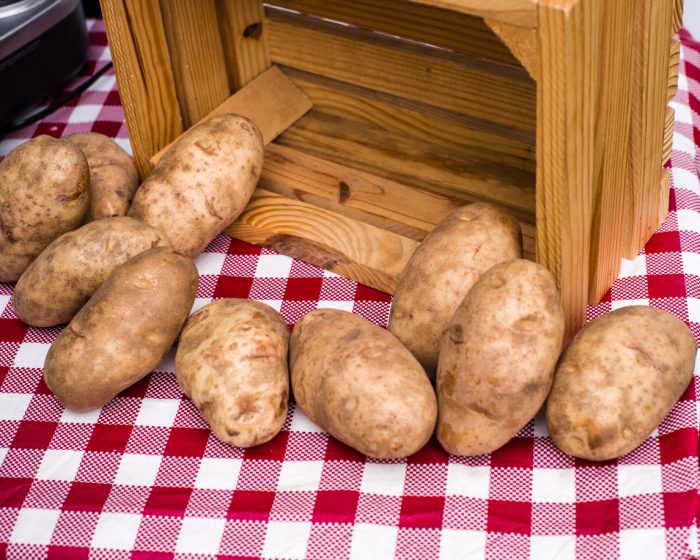
2. Red Potatoes
Red potatoes are small to medium in size, round or slightly oblong. Their skin is red, but their flesh is white. Red potatoes have less starch and hold their shape well while cooking, even when sliced and diced. Low-starch potatoes are best for potato salads.
Wash potatoes in warm water before cooking them. You can peel them, but you don’t have to. But we vouch for the color and texture of the skin in the final dish.
Red-skinned potatoes are amazing baked or roasted, as a side dish for a steak. If you keep their skin on and boil them, they’ll be a nice pop of color in your salad. You can also use them to make mashed potatoes, gratins, soups, or stews.
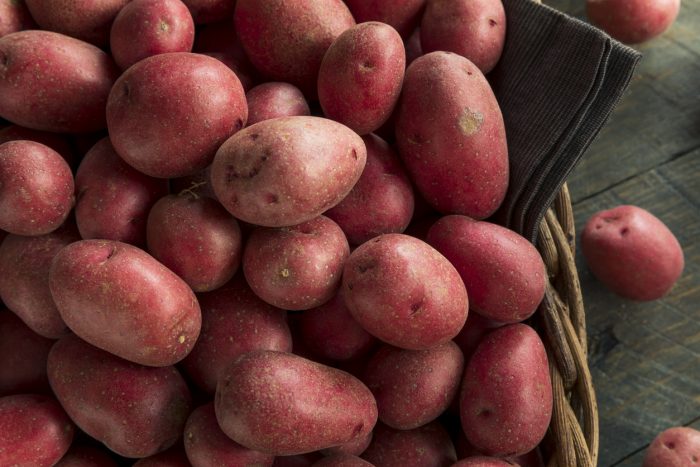
3. White Potatoes
White potatoes are small to medium in size, with a light, golden skin, and white flesh. They have medium starch content and that’s why many people consider them their favorite. They are versatile – you can use them for mashing, and in salads, but also for steaming and frying. White potatoes also hold their shape well during cooking. Most of the time, French fries are made from white potatoes. Use them in cream soups to make them smoother.
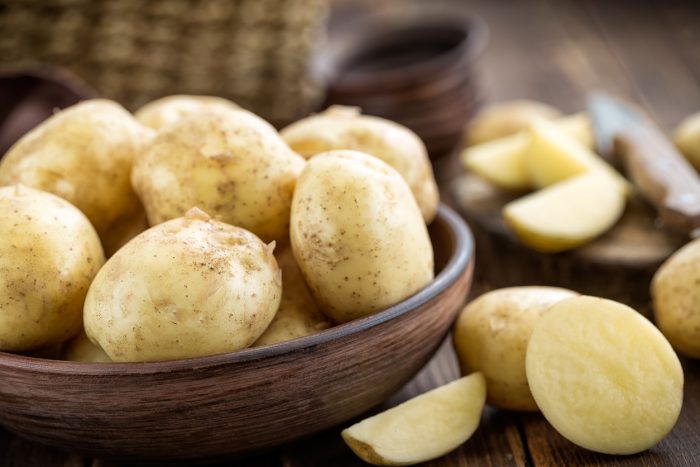
4. Yellow Potatoes
Yellow potatoes are medium to large in size. Their skin is more or less similar to the white potatoes. The difference is in their flesh, which is yellow to golden. Their texture is slightly waxy, and the taste is subtly sweet, rich and buttery. They have medium starch content.
Most people use them for grilling, roasting, grating, and mashing. Grilling gives yellow potatoes a crispy skin that enhances their dense flesh, creating a slightly sweet caramelized flavor.
The creamy texture of the yellow potatoes means you can use less butter or none at all for lighter, healthier dishes.
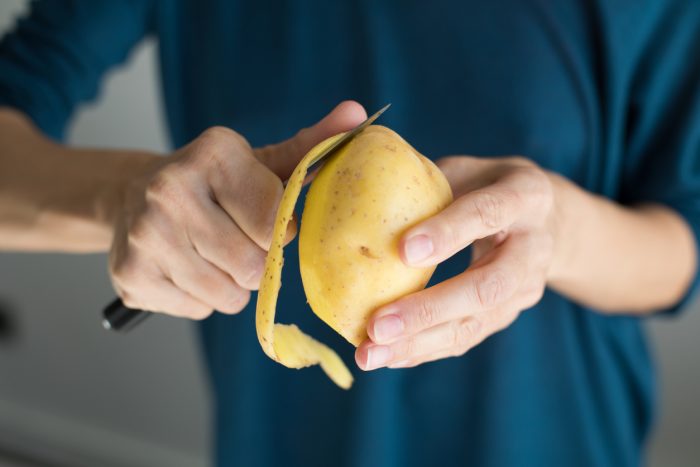
5. Purple potatoes
Even if they’re not so versatile, these are the most beautiful of all potato types. They are fantastic to the eye because of their deep purple, blue or slightly red skin and their blue, purple lavender, or pink flesh. They are moist, but with a firm flesh.
Usually, you can enjoy them roasted, grilled, baked, or boiled for salads. They add vibrant color to any dish.
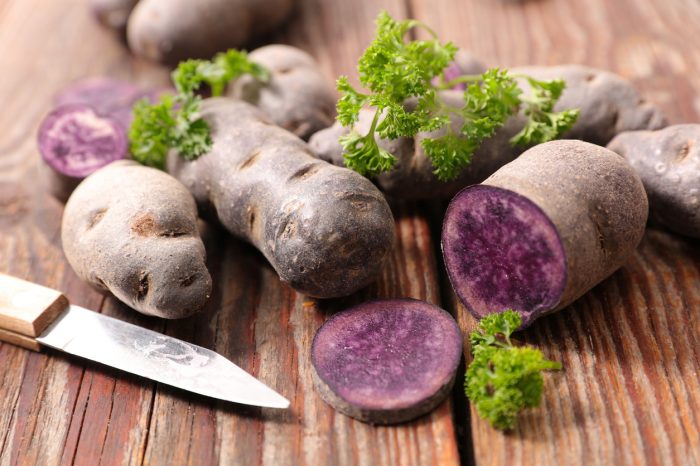
6. Fingerling potatoes
Fingerling potatoes are called like that because of their length (2-4 inches/5-10 cm) and finger-like shape. They come in many colors: red, orange, purple, or white skin. Their flesh can be red, orange, purple, yellow, or white, sometimes streaked with colored veins.
Put different colored fingerling potatoes in any dish and they’ll be a visual splendor! Don’t waste them in mashed potatoes – this is what you have all the other potato types for! Roasting keeps these uniquely shaped potatoes intact, but they’re versatile and can be cooked any way you want: pan-fried or boiled, for salads.
Still, pan-frying and roasting enhance their flavor and showcase their wonderful nutty or buttery taste. We suggest you cut fingerlings lengthwise and oven-roast them to serve as an alternative to fries, with a flavorful dipping sauce.
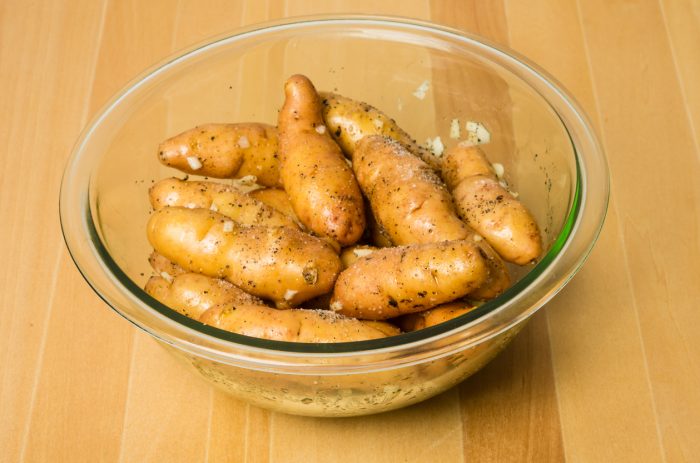
7. Petite or baby potatoes
These potatoes are bite-sized. You can use them roasted, fried, or in salads. Simply toss the petites in olive oil, rosemary, salt, and pepper to make colorful and delicious roasted potatoes. They save you prep time because they can be served whole, without slicing or dicing them.
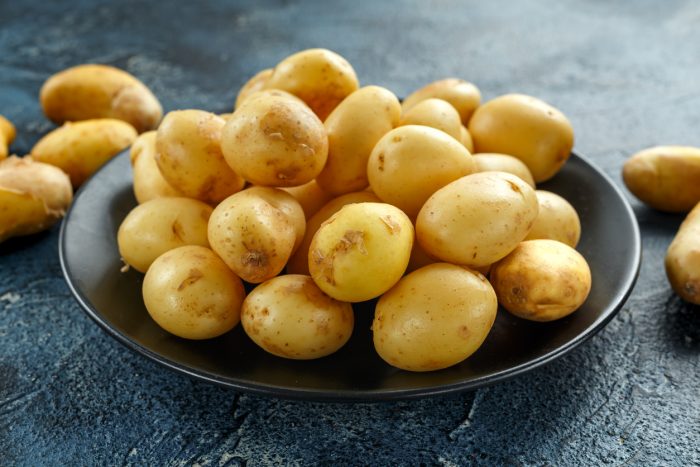
8. Sweet potatoes
As the name suggests, sweet potatoes are considerably sweeter than other potato types. They’re larger and starchier, like Russets. Their skin is usually brown and you have to peel it before eating! The flesh can be white, bright orange, deep red-orange, and even purple, depending on the type.
You can mash sweet potatoes or – even better – roast them! They cook faster than other types.
Potatoes cooked in their skin will be more flavorful, hold their shape better, and absorb less water. Still, there are times when you must peel the potatoes before cooking them – when making a gratin, for example.
